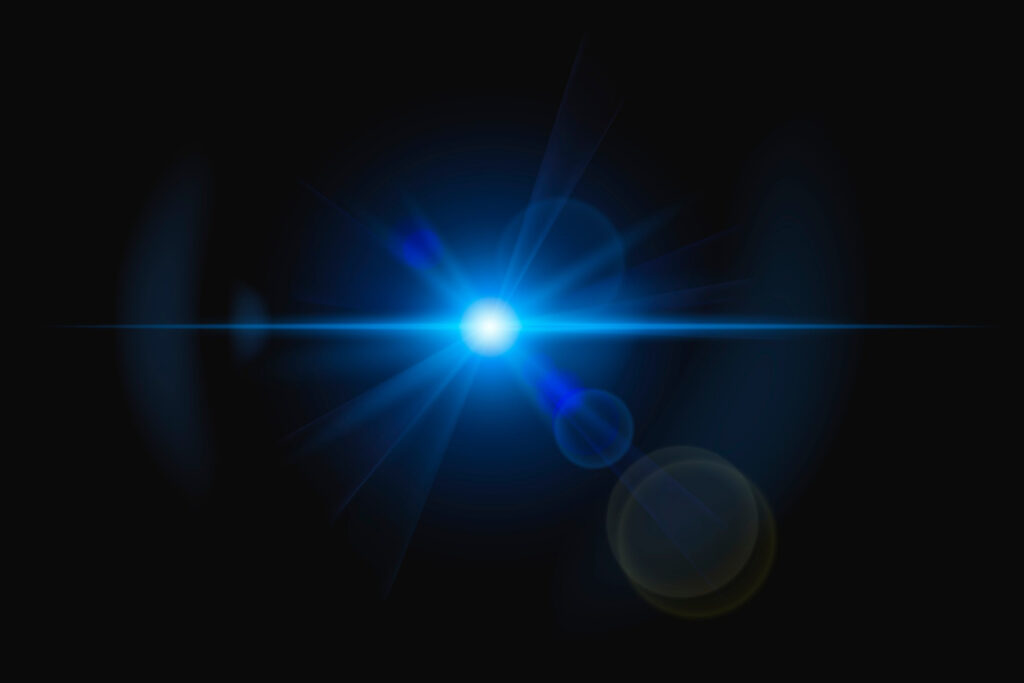Lens flare is a visual effect in photography that occurs when a strong light source—like the sun—enters your camera lens and reflects off internal components. This light scatter can produce washed-out images, streaks, or glowing orbs that sometimes compromise your photo’s quality. While it’s often considered an issue, skilled photographers also use lens flare deliberately for creative expression. This article will guide you through what lens flare is, its types, why it happens, and how to either prevent it or embrace it for artistic effect.
What Is Lens Flare?
Lens flare arises when intense light hits the front of your lens and bounces between the internal lens elements before reaching the camera sensor. This results in visible artifacts or a drop in image contrast and clarity. It’s most prevalent in complex lenses, especially zoom lenses, which contain multiple optical components.
Two common forms of lens flare include:
- Hazy Flare: A soft glow or reduced contrast spread across the entire image.
- Artifact Flare: Distinct geometric shapes or light spots often shaped like the lens aperture.
Common Types of Lens Flare
1. Veiling Flare
Veiling flare covers your photo with a thin haze that lowers contrast and mutes colors. It’s often caused by a bright light source just outside the frame. This effect becomes more noticeable if the lens is smudged, has poor coatings, or is paired with low-grade filters.
2. Ghosting Flare
Ghosting appears as repeated translucent shapes or patterns, typically circles or polygons. These are created by internal reflections between lens elements or between the lens and the camera sensor. The more elements a lens has, the more likely ghosting becomes.
3. Sensor Flare (Red Dots)
This type presents itself as tiny red or colored spots on your image. It typically occurs when light bounces off the sensor, back into the lens, and returns again to the sensor. Mirrorless cameras with short flange distances are especially prone to this issue.
What Increases the Risk of Lens Flare?
Several factors can make your lens more susceptible to flare:
- Wide Focal Lengths: Wide-angle lenses are more exposed to stray light and thus more flare-prone.
- Lens Construction: Cheaper lenses or those without proper coatings reflect more light internally.
- Dirty Lens Surfaces: Dust, oils, and smudges scatter light more unpredictably.
- Filter Quality: Poorly coated or dirty filters can introduce additional reflections.
- Absence of a Lens Hood: Without a lens hood, light from outside the frame can easily hit the front element.
How to Use Lens Flare Creatively
Flare doesn’t always have to be an error—it can be a stylistic choice. Photographers often use it to add warmth, drama, or an ethereal look. Here are a few ways to incorporate it intentionally:
- Position the Light Source: Aim your camera toward a strong light like the sun to provoke flare.
- Open the Aperture: Wider apertures can intensify flare and create a dreamy quality.
- Try Different Angles: Slight shifts in composition can dramatically change how flare appears.
- Utilize Reflective Surfaces: Shine from water, windows, or metal can enhance the effect.
Preventing or Reducing Lens Flare
To keep flare out of your images, follow these proven methods:
- Attach a Lens Hood: A hood helps block light from entering at disruptive angles.
- Keep Your Gear Clean: Regularly wipe down lenses and filters to reduce scatter.
- Avoid Inferior Filters: High-quality, coated filters reduce unwanted reflections.
- Reframe Your Shot: Adjusting your shooting angle can eliminate direct light intrusion.
- Choose Prime Lenses: These lenses typically have fewer internal elements, reducing flare risks.
Post-Processing Tools for Removing Flare
If flare still appears in your photos, editing software can help clean it up:
- Healing or Clone Tools: Use these to remove visible flare spots or ghosts.
- Enhance Contrast: Restoring contrast can counteract the veiling effect.
- Use Graduated Filters: This technique helps balance exposure and reduce bright patches.
Frequently Asked Questions
1. What exactly causes lens flare in a photograph?
Lens flare results from light entering the lens and bouncing around its internal components before reaching the sensor, creating streaks, orbs, or haze.
2. Can lens flare damage my camera?
No, flare only impacts image quality and poses no physical risk to your camera or lens.
3. Is it ever a good idea to use lens flare?
Yes, many photographers use flare as a creative tool to evoke emotion, warmth, or nostalgia in their photos.
4. Will a lens hood prevent all flare?
A lens hood significantly reduces flare but can’t block it entirely if you’re pointing directly into a bright light source.
5. Are some lenses more likely to produce flare?
Lenses with more elements or inferior coatings—especially zoom lenses—are more likely to cause flare than prime or higher-end models.
